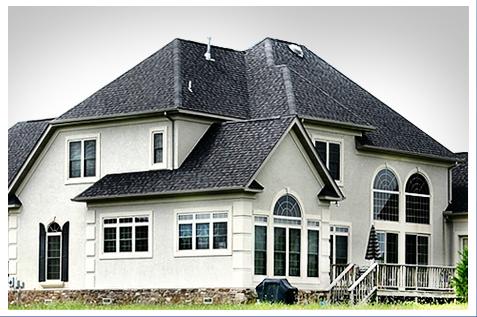Show Your Prospective Customers You Mean Business
Use Images that Demonstrate Your Talents and Value
 We all know that a great business-to-consumer website starts with a smart site plan. This plan puts together all the important pieces used in Internet marketing in order to tell the most effective story of your company’s products and/or services. You want to use carefully selected keywords, systematic geo targeting, logical URLs, and just the right images to get your point across. They say a picture’s worth a thousand words, and that’s never been more true than in online marketing. When a potential customer clicks onto your website from a Google search, you only have seconds to make your point in the best, most efficient way possible! Don’t shortchange your customer with pages overflowing with flowery language about your company’s “premier status” in the industry (what does that even mean anyway?), and your extreme capabilities described in generalities such as “quality and service.” Every business touts that same overused spamology. Here’s a snippet I happened to see the other day. I won’t mention the company name. It’s a good-looking roofing site and they certainly lay on the superlatives:
We all know that a great business-to-consumer website starts with a smart site plan. This plan puts together all the important pieces used in Internet marketing in order to tell the most effective story of your company’s products and/or services. You want to use carefully selected keywords, systematic geo targeting, logical URLs, and just the right images to get your point across. They say a picture’s worth a thousand words, and that’s never been more true than in online marketing. When a potential customer clicks onto your website from a Google search, you only have seconds to make your point in the best, most efficient way possible! Don’t shortchange your customer with pages overflowing with flowery language about your company’s “premier status” in the industry (what does that even mean anyway?), and your extreme capabilities described in generalities such as “quality and service.” Every business touts that same overused spamology. Here’s a snippet I happened to see the other day. I won’t mention the company name. It’s a good-looking roofing site and they certainly lay on the superlatives:
We provide our customers with quality service, workmanship and materials. Our roofing experts are heavily trained and certified. We leave your home or business a better facility than when we arrived, and in doing so, our company continues to flourish through repeat business and customer referrals.
Obviously, they are trying to get the biggest bang out of the shortest overview on the home page. I suggest a little improvement by allowing the curious customers to hear and see more about each key point jammed into this rather wide-flung “fishing” net.
Show and Tell
Instead of just mentioning quality services, expound in detail on what those services might be and how they benefit the customer. Why should they choose this roofing company over the other guy? Give us 4-6 bullet points sure to catch the eye of anyone looking for someone good to repair or install their roof. Link the most important service-oriented keywords to another web page you’ve dedicated to showing and telling about what you offer in that service area. The part about “trained, certified experts” talks a good game. But where’s the proof? Dedicate at at least a paragraph or two on your “About Us” page to explain how your crews are trained and certified, and by whom. If they leave a job site so clean, why not post some before and after photos from a job site? Show customers exactly why you get these referrals and repeats! Definitely supply a link to your Testimonials page. The roofing business in question did have some photos on this page, but unfortunately they missed the boat to greater customer trust and admiration by simply being a little lazy. They didn’t tell what was in the photos! The page finally did list some specific roofing styles and materials used by the company, and there are two fairly nice photos of residential roofs. Unfortunately for any search engine scanning for these images—and any potential customer wanting more information about them–both images are labeled with the title “house1”. They are in no way the same house or the same style of roofing.
Title, Tag and Name Images
Remember, when you use images on your website, you should include some content strategy there, too. Your images don’t have to have a “caption” underneath them, per se. But they do need accurate keywords in the alt=”xxxx” area within the image’s html code. By also adding a title=”xxxx” tag, you create descriptive wording that appears when the website visitor mouses over each image. These keywords catch the prospective customer’s eye, just as they do Google’s or Bing’s. If the image catches their interest, title and alt tagging tells the customer exactly what they want to know—and gives them yet another good reason to contact you for more information about this particular product. Finally, the customer may never see it, but the actual name you use to save your image files does get noticed on search engines. “DCS12003.jpg” tells Google nothing. But “Spanish-tile-roof-tulsa.jpg” gives any search engine an excellent idea of what keywords should be drawing visitors to your site. So next time you’re working overtime to work in just the right keywords for your website content, don’t stop the SEO writing process when you get to the images. After all, photos are SEO tools too, as long as you name them, title them and tag them with SEO in mind.


